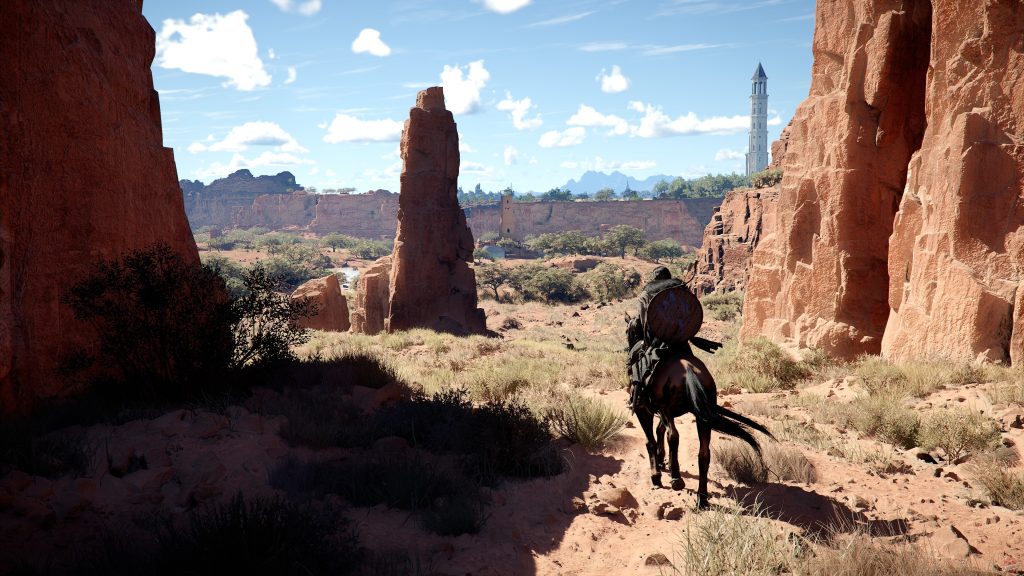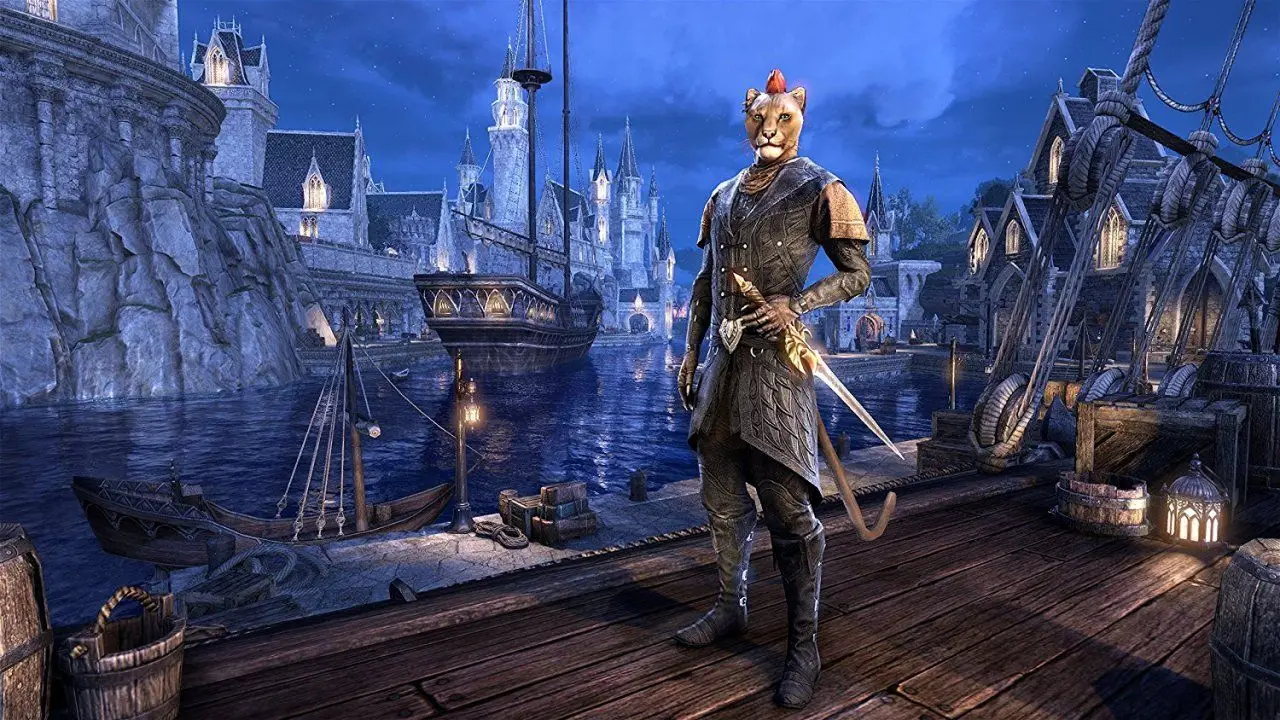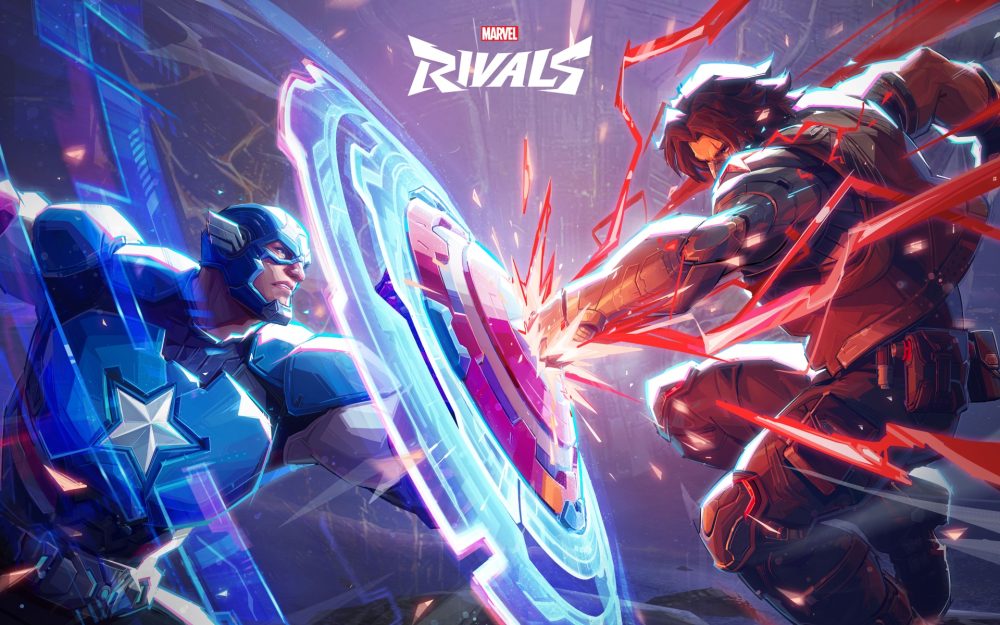The release date of Crimson Desert continues to stir up the gaming community. This is not only due to the developer’s name, Pearl Abyss, but also because of the project’s ambitions. The game goes beyond the usual genre understanding and aims to combine the dynamics of a single-player RPG with the level of visual detail and open world previously associated only with MMO giants. The announcement at Gamescom sparked a wave of discussions, raised questions, and made it clear that Crimson Desert is not just another action RPG but an attempt to set a new standard.
Project Features: Why wait for Crimson Desert
Before analyzing the release date of Crimson Desert, it is necessary to understand why the game is generating so much anticipation. The game is based on a combination of fresh gameplay solutions and the author’s vision of the world.

The turning point of the genre
Crimson Desert breaks down the barriers between a single-player adventure and an MMO structure. While maintaining a focus on single-player gameplay, the project does not abandon the elements of multiplayer and the large-scale living world that is familiar from Black Desert.
Components that shape expectations:
-
A completely open world without downloads.
-
Changes in time of day and weather that affect NPC behavior.
-
Reactive artificial intelligence that acts on the situation.
-
A free combat system with combos, blocks, rolls, and dodges.
-
Dynamic cutscenes without loading, built right into the gameplay.
Crimson Desert: Plot and Setting Description
 The game’s world is Pival, a harsh continent with war-torn clans, magical creatures, and crumbling kingdoms. The main character is Macduff, a mercenary with a troubled past, forced to navigate between personal history and large-scale military conflicts. What is Crimson Desert about? It’s not about heroism or saving the world, but about survival, choices, and consequences. The game’s decision-making system and interactions with characters influence the story branches and the player’s perception in different regions. This enhances replayability and makes each playthrough unique.
The game’s world is Pival, a harsh continent with war-torn clans, magical creatures, and crumbling kingdoms. The main character is Macduff, a mercenary with a troubled past, forced to navigate between personal history and large-scale military conflicts. What is Crimson Desert about? It’s not about heroism or saving the world, but about survival, choices, and consequences. The game’s decision-making system and interactions with characters influence the story branches and the player’s perception in different regions. This enhances replayability and makes each playthrough unique.
Crimson Desert release date in Russia and worldwide: what is known
Pearl Abyss has officially confirmed that Crimson Desert’s release date is scheduled for 2025. No specific information has been provided, but the release is expected to take place in the fourth quarter. In Russia, the release will be simultaneous with the international release, including full localization (textual) at launch.
Platforms and format:
-
PC (via the client and Steam).
-
PlayStation 5.
-
Xbox Series X|S.
The launch is planned as a single release without early access. The promotion structure includes a massive open demo on the eve of the release. The trial version is designed to showcase the engine’s optimization and stability in the open world, serving as a reputational test before the full launch.
Gameplay: How does Crimson Desert feel in action?
At the gameplay level, Crimson Desert relies on real physics, combining role-playing leveling with an action-based approach. The abandonment of strict animation blanks made it possible to create a more lively and aggressive combat system. Each strike is calculated in real time, taking into account the direction, weapon, height and position of the enemy. The player doesn’t just run across the map. He climbs cliffs, jumps from horses, breaks walls, uses the environment in battle. You can capture fortresses, set up ambushes, bribe NPCs, attack camps at night, or hide among the trees during storms.
Comparison with other action RPGs
Crimson Desert is shaping its own identity against the backdrop of the genre’s leaders. Unlike Red Dead Redemption 2, which focused on a linear narrative with rigid boundaries, the project offers a branching structure where every choice affects the environment, economy, and interactions with the world. Visually, the game is closer to Elden Ring, but it doesn’t shy away from hardcore elements. Instead, the concept prioritizes variability and personalization over complexity for the sake of complexity.
Compared to The Witcher 3, where narrative and cutscenes play a significant role, Crimson Desert relies on continuous gameplay, with key story scenes unfolding seamlessly during combat, movement, or dialogue. The absence of pauses, load times, and scripted constraints enhances the overall experience, making it more immersive and personalized.
Key features of Crimson Desert
To gain a comprehensive understanding of the game and its benefits, here is a structured list of key features that define the value of Crimson Desert and justify the anticipation of its release date:
-
Reactive AI. The behavior of characters and monsters depends on the time of day, the environment, the player’s current activity, and the context of the situation. Enemies retreat when outnumbered, call for help, set up ambushes, or exploit the terrain. NPCs react to the hero’s fame, actions, and even their communication style.
-
An open-ended story with no linearity. The story adapts to the player’s decisions. The same mission can evolve into a diplomatic agreement or a bloody war, depending on the chosen method. The world remembers actions, and the consequences are reflected in lore and politics.
-
Seasonal changes and weather dynamics. Weather implementation affects not only aesthetics, but also mechanics. Rain reduces the effectiveness of fire weapons, heavy rains obstruct vision, and heat causes exhaustion. The transition between seasons affects enemy routes, crops, resources, and climate zones.
-
Combat physics and kinetic system. Strikes do not depend on animation templates. Each collision is calculated in real time – from the weight of the sword to the resistance of the armor. It is possible to knock down the enemy from a height, throw it into the air, use the force of inertia.
-
Economic simulation and a mercenary system. The player doesn’t just earn money; they build economic chains by hiring fighters, upgrading their camp, expanding their territories, and controlling trade routes. This creates a long-term strategy for gaining influence.
-
A next-generation graphics engine. The visual component provides a stable 60 FPS at 4K resolution. HDR, ray tracing, and adaptive synchronization are supported. All environmental elements are rendered in real time without any loading, from the dust on the armor to the reflection in a drop of water.
-
Interface-navigation through the environment. No traditional markers, mini-maps, or signs. Navigation is based on a compass, signs, the sun, the stars, local rumors, and hints from NPCs. This brings the player closer to the exploration experience, eliminating the need for “hand-holding.”

-
Immersive acting. Mimics, speech, pauses, and glances — each character reacts to the situation, and the scenes are created according to the principle of live theater, rather than scripts. There is no division into “good” and “bad” in the dialogues — the characters deceive, manipulate, hide, or reveal themselves.
-
A camp system and tactical resource management. Not just a temporary shelter, but a base with guards, a blacksmith, an alchemist, and a warehouse. You can change its location depending on your goals, strategically choosing places for defense or resource collection.
Crimson Desert, like a single-player RPG: development without external pressure
Abandoning MMO components was a conscious step. The project emphasizes autonomy — all mechanics develop within the same universe, without the need for online, without the need to compete or cooperate. This increases the focus on storylines and the deep elaboration of a personal campaign.
Unlike MMORPGs, where the main focus is on interacting with players, Crimson Desert focuses on interacting with the world. Each step feels like the result of an action, not the expectations of others. This approach allows you to fully immerse yourself in the atmosphere and influence the world, rather than just observe it.
Is it worth waiting for the game to be released
 The release date of Crimson Desert marks the moment when single-player RPGs can reach a new level of freedom, depth, and visual immersion that was previously only available in MMOs. The project combines cinematic gameplay, a combat system, a reactive world, and an unconventional approach to character development.
The release date of Crimson Desert marks the moment when single-player RPGs can reach a new level of freedom, depth, and visual immersion that was previously only available in MMOs. The project combines cinematic gameplay, a combat system, a reactive world, and an unconventional approach to character development.
 en
en  ru
ru  de
de  ar
ar  es
es  nl
nl  hi
hi  fr
fr  it
it  pt
pt  el
el 



